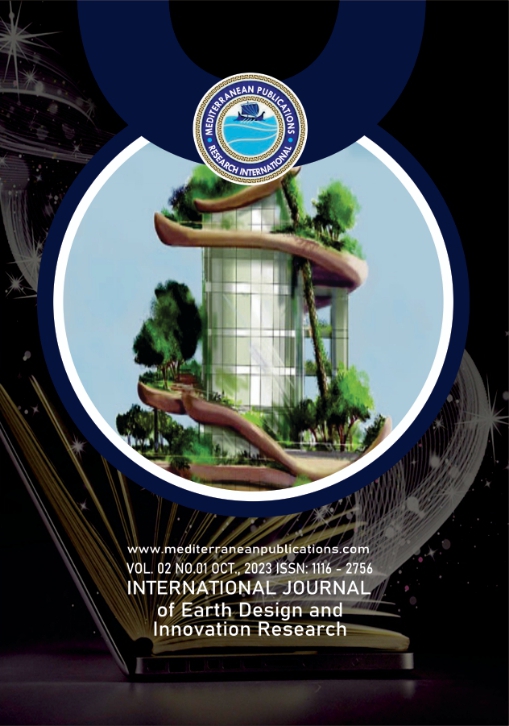EFFECT OF INDIGENOUS MATERIALS IN RE-SETTLEMENT HOUSING CONSTRUCTION IN INSURGENCY-AFFECTED AREAS OF ADAMAWA STATE
Abstract
This study investigates the utilization of locally sourced indigenous materials in constructing affordable residential buildings in insurgency-affected regions, specifically in Adamawa North senatorial district encompassing Madagali, Michika, Mubi North, Mubi South, and Maiha local government areas. The objectives were to identify commonly used indigenous materials, assess their contribution to sustainable housing in terms of energy efficiency, environmental impact, and resource conservation, and examine challenges faced by indigenous contractors. Data from 100 purposively selected respondents, collected through research questionnaires, were analyzed using mean and standard deviation. Findings revealed prevalent use of materials like clay/mud, timber/bamboo, stone, and composites, positively impacting energy efficiency, sustainability, and resource conservation. Challenges included limited material availability, knowledge gaps, resistance from clients/communities, and financial constraints. Recommendations involve promoting local material availability, providing technical training, fostering community engagement, and enhancing collaboration among contractors to optimize indigenous materials in affordable housing for resettlement.Keywords:
Indigenous Materials, Re-Settlement, Affordable Housing, Housing, Insurgency, Sustainable ConstructionPublished
2023-10-31
How to Cite
YAWATE VAHYALA ELISHA, SHEHU HABIBU, & KAIGAMA MOHAMMED KABIR. (2023). EFFECT OF INDIGENOUS MATERIALS IN RE-SETTLEMENT HOUSING CONSTRUCTION IN INSURGENCY-AFFECTED AREAS OF ADAMAWA STATE. International Journal of Earth Design and Innovation Research, 2(1). Retrieved from https://mediterraneanpublications.com/mejedir/article/view/156
Issue
Licensing
Copyright (c) 2023 YAWATE VAHYALA ELISHA, SHEHU HABIBU, KAIGAMA MOHAMMED KABIR

This work is licensed under a Creative Commons Attribution-NonCommercial 4.0 International License.






